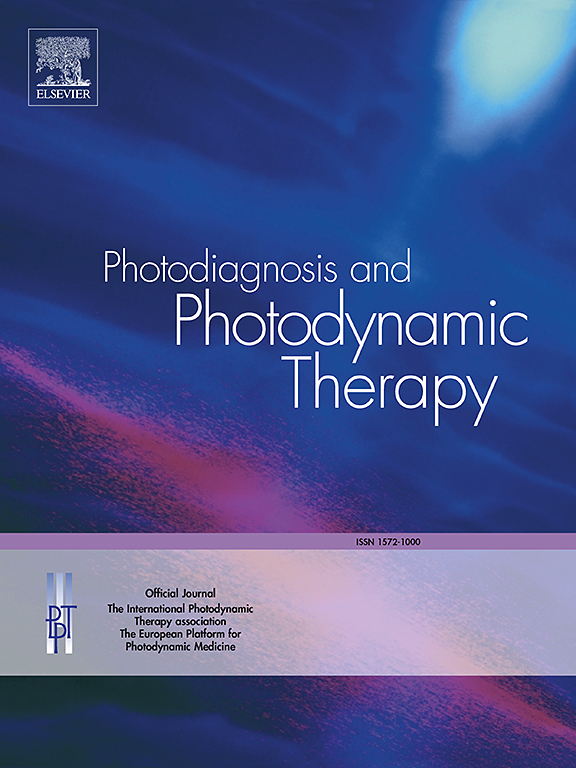Comparison of photodynamic therapy and LEEP in women of reproductive age with cervical squamous intraepithelial neoplasia 2 (CIN2): A prospective observational study in China
IF 3.1
3区 医学
Q2 ONCOLOGY
引用次数: 0
Abstract
Background
Non-invasive treatments, such as 5-Aminolevulinic acid photodynamic therapy (5-ALA-PDT), has gained increasing attention among women with cervical intraepithelial neoplasia grade 2 (CIN2) who have fertility requirements. To compare the effectiveness of 5-ALA-PDT and loop electrosurgical excision procedure (LEEP) in patients with CIN2, we conducted this prospective cohort study in Chinese patients with CIN2.
Methods
229 patients with CIN2 were enrolled. They were divided into the PDT Group (n=94) and LEEP Group (n=135) according to the patient's willingness. Patients were evaluated at the 3-, 6-, 12- and 18-month follow-up periods, using cytology, HPV testing, and colposcopy examination.
Results
At the 3-month follow-up, the rates of disease regression to normal or CIN1 in the PDT group were 76.6% (72/94) and 13.8% (13/94), respectively, whereas in the LEEP group, they were 80.7% (109/135) and 11.1% (15/135), respectively. Logistic regression analysis revealed that the transformation zone type 3 was the only risk factor for both the PDT (OR=3.68; 95% CI, 2.43-5.26; P=0.008) and LEEP groups (OR=2.34; 95% CI, 1.84-4.53; P=0.02). The treatment efficacy in the PDT group increased gradually and peaked at the 18-month follow-up point with disease disappearance and regression rates of 90.4% and 8.5%, respectively. The disease disappearance and regression rates in the LEEP group were highest at the first half year posttreatment, with disease disappearance and regression rates of 87.4% and 12.6%, respectively. The hrHPV-negative rates in the PDT group and LEEP group were the highest at the 18-month follow-up (78.7% and 74.8%). There was no significant difference in the disappearance or regression rates between the two groups at the follow-up points (P > 0.05).
Conclusions
Our study revealed that both 5-ALA PDT therapy and LEEP were highly effective at treating CIN2. 5-ALA-PDT, as a non-invasive treatment, could be an effective option for CIN2 patients with fertility preservation needs.
求助全文
约1分钟内获得全文
求助全文
来源期刊

Photodiagnosis and Photodynamic Therapy
ONCOLOGY-
CiteScore
5.80
自引率
24.20%
发文量
509
审稿时长
50 days
期刊介绍:
Photodiagnosis and Photodynamic Therapy is an international journal for the dissemination of scientific knowledge and clinical developments of Photodiagnosis and Photodynamic Therapy in all medical specialties. The journal publishes original articles, review articles, case presentations, "how-to-do-it" articles, Letters to the Editor, short communications and relevant images with short descriptions. All submitted material is subject to a strict peer-review process.
 求助内容:
求助内容: 应助结果提醒方式:
应助结果提醒方式:


